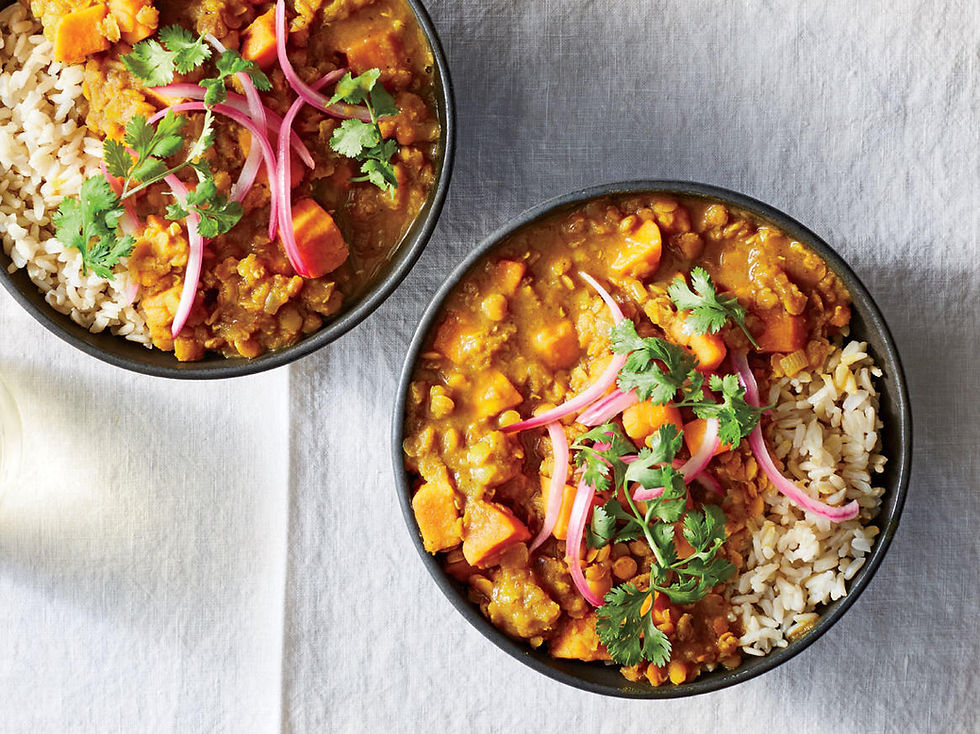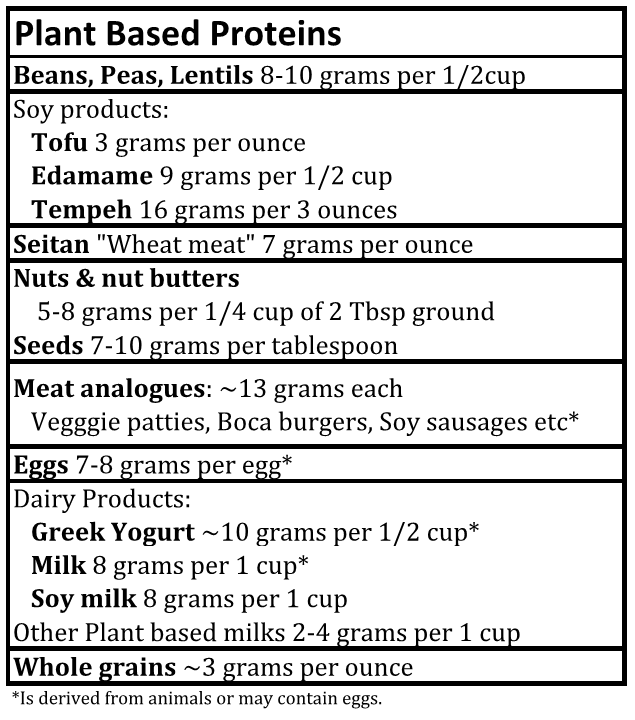The Power of Plant-Protein
- Kate Berger, RD

- Jun 27, 2019
- 2 min read
Updated: May 26, 2021

The Academy of Nutrition and Dietetics has a position paper stating that vegetarian diet pattern (as an example of well planned plant-based eating pattern) are safe for people of all life stages- men, women, pregnancy, lactation, infancy, childhood, adolescence, older adults and also athletes.
At one time, I had my own concerns that eating more plant-based foods and reducing how much meat I ate. I assumed I would be eating too many carbohydrates and not enough protein, B vitamins, iron, or other minerals. So I am writing this to offer information on protein options for those interested in learning about plant-based eating.
Here's the breakdown on planning a balanced dietary pattern that's focused on plant sources for your health, not to mention the health of the environment too.
Most people have followed some of the trendier dietary plans like Paleo or Atkins which really emphasize eating protein. Yet, most people eat twice the amount of protein required for health maintenance without following any of these restrictive diets. Whether or not you still consume meat, plant-based proteins are an excellent addition or even substitution.

Below you can see many plant-based proteins options and ways to prepare them to make sure you get the amount that's right for you.

Pairing protein to each meal and snack and using different proteins at each meal can assure a better variety of other nutrients.
For instance, a meatless or vegetarian meal can look like having a 2 egg spinach omelet (13g), with 1 serving soy milk (8g), fresh blueberries, 1 serving (6oz) of greek yogurt (~15g), and 1 Tbsp flax meal or hemp seeds (7-10g) would give you approximately 42 grams of protein (more than half your RDA needs in just 1 meal).
A vegan meal (without animal sources like dairy or eggs), for example, can include 3 ounces of grilled seitan "burger"(21g), open-faced whole grain bun (2g) with grilled mushrooms, fresh spinach, sprouts, tomato (~3-5g total), with a side of 1 serving lentils and caramelized onions (9g), and 1 cup soy milk (8g) would be approximately 45 grams of protein (again, more than half the daily RDA for protein).
With well-planned meals that consider plant-proteins, anyone interested in a plant-based lifestyle can get more than enough protein from these foods and eat more nutrient rich foods!



Comments